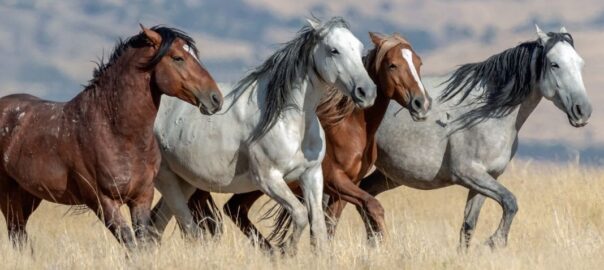We often use the word “dog” to describe our beloved canine companions, from tiny Chihuahuas to massive Great Danes. But the term “dog” encompasses a far broader and more fascinating biological reality than just the breeds we know and love. Delving into the world of dog taxa reveals a rich history of evolution, adaptation, and diversification within the dog family, known scientifically as Canidae.
So, what exactly is “dog taxa”? Essentially, it’s a branch of biological classification that groups together all animals considered to be related to the domestic dog. This includes a vast array of species, from wolves and foxes to jackals and coyotes. Understanding dog taxa allows us to appreciate the interconnectedness of these animals and their shared evolutionary heritage.
The Canidae Family: A Diverse Bunch
The Canidae family is a highly diverse group of carnivorous mammals, characterized by their elongated muzzles, non-retractile claws, and generally lithe bodies. They are found on nearly every continent, showcasing their adaptability to a wide range of environments. Within Canidae, several key groupings are recognized:
- Canis: This genus is perhaps the most familiar, and includes the domestic dog (Canis lupus familiaris), the gray wolf (Canis lupus), the coyote (Canis latrans), the golden jackal (Canis aureus), and the Ethiopian wolf (Canis simensis). These species are closely related and can even interbreed in some cases. The domestic dog is now widely accepted by the scientific community as a subspecies of the gray wolf, highlighting its close evolutionary ties.
- Vulpes: This genus comprises the true foxes, including the red fox (Vulpes vulpes), the arctic fox (Vulpes lagopus), and the kit fox (Vulpes macrotis). Foxes are generally smaller and more solitary than wolves, and they often have bushy tails and a more delicate build.
- Other Canid Genera: Beyond Canis and Vulpes, there are several other fascinating canid genera, each with unique adaptations. These include:
- Lycaon: The African wild dog (Lycaon pictus), known for its cooperative hunting strategies and distinctive mottled coat.
- Atelocynus: The short-eared dog (Atelocynus microtis), a rare and elusive species found in the Amazon rainforest.
- Urocyon: The gray fox (Urocyon cinereoargenteus) and the island fox (Urocyon littoralis), found in North America, are unique for their ability to climb trees.
Evolutionary Insights and Conservation Importance
Studying dog taxa provides valuable insights into evolutionary processes, such as adaptation, speciation, and hybridization. By comparing the genetic and physical characteristics of different canid species, scientists can reconstruct the evolutionary relationships between them and gain a better understanding of how they have adapted to different environments.
Furthermore, understanding dog taxa is crucial for conservation efforts. Many canid species are facing threats such as habitat loss, hunting, and disease. By recognizing their unique ecological roles and genetic distinctiveness, we can develop targeted conservation strategies to protect these animals and their habitats. For example, the African wild dog is critically endangered, and conservation efforts are focused on protecting their remaining populations and combating threats such as habitat fragmentation and persecution by humans.
Beyond the Pet: A Deeper Appreciation
Next time you see a dog, remember that it’s just one member of a vast and diverse family. By exploring the world of dog taxa, we can gain a deeper appreciation for the complexity and beauty of the natural world, and we can work towards protecting these fascinating animals for generations to come. Whether it’s a loyal golden retriever or a cunning red fox, each member of the Canidae family has a unique story to tell, contributing to the rich tapestry of life on Earth.









